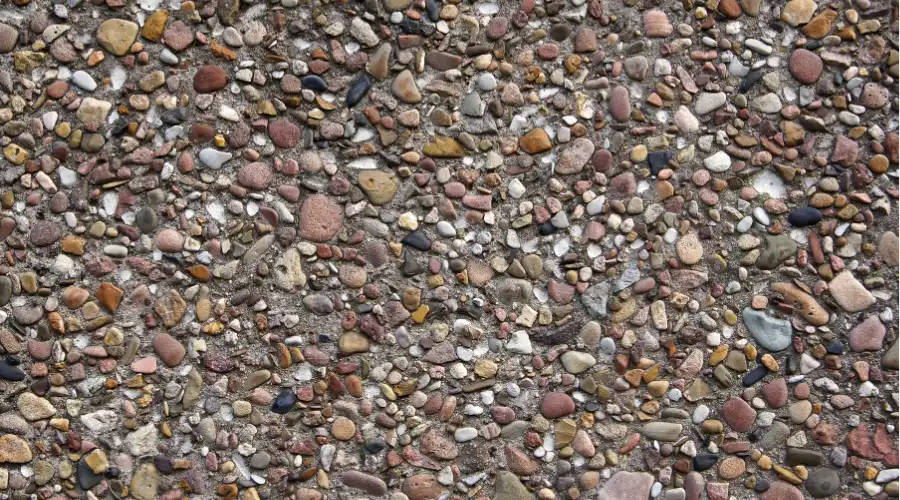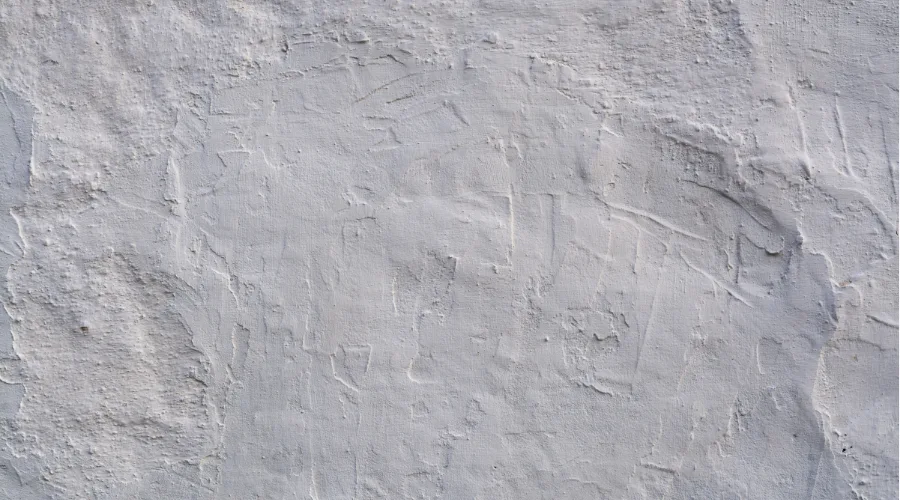Textured plaster makes walls look amazing. It adds special designs and style to rooms inside and outside buildings. You can find many different patterns that work for both new and old spaces. Unlike plain walls, textured plaster covers small bumps and marks. It looks good and does not cost too much money. When workers put it on carefully and people take care of it, textured plaster turns boring walls into beautiful parts of a room. It is a popular choice among many for homes and offices since it makes environments appear more attractive and pleasant.
What is Textured Plaster?
Textured plaster is a unique method of creating decorative and interesting walls. It is just like plaster but provides bumps, designs, and patterns for walls and ceilings instead of a smooth finish. Designers and artists use different tools to create different appearances. Some of the textures have huge swirls or rough patterns.
People use textured plaster to give areas a more beautiful look and cover up small wall problems. It works inside and outside buildings. Different styles create bold and raised designs. The finish makes walls more artistic than just flat surfaces.
Benefits of Textured Plaster
Textured plaster has several advantages in addition to its beauty, as follows:
- It enhances the durability of walls by adding a strong, crack-free surface.
- It also suits both contemporary and traditional buildings and is very flexible.
- Textured plaster is also very good at concealing surface flaws, so walls look smoother and more elegant.
- Textured plaster can be altered to create various patterns and designs to meet individual preferences.
- It is an affordable option for interior designs, which can be used in homes as well as business establishments.
Types of Textured Plaster Finishes
Different types of textured plaster finishes are given to the spaces and are discussed below:
Pebble Dash Plaster Finish

Builders create this finish by throwing small stones onto wet plaster. The surface looks bumpy with tiny rocks stuck in the wall. People use this finish outside houses to protect them from the weather. It works best on country or rustic-style buildings. The finish looks rough and adds texture to the walls.
Scraped Plaster Finish
Following wet plaster application, workers scrape it immediately using special equipment. It leaves a surface that is slightly uneven with fine lines and scratches. The finish resembles having run a tool over wet plaster very gently. It provides walls with a soft, old-fashioned look.
Stucco Plaster Finish
One popular finish that has a coarse, irregular surface is stucco. The tough coating is created by builders mixing cement, sand, and lime together. It performs satisfactorily both inside and outside. The covering appears to be natural and allows the walls to breathe. Stucco may be coloured white or come in several different textures, so individuals are fond of it.
Exposed Aggregate Plaster Finish
This finish has small pebbles and stones in the plaster. Builders gently scrape off the top layer of wet plaster to expose the stones beneath. The appearance resembles a natural, rocky surface. Each wall is different and unique. It is suitable for use outside and provides an interesting appearance.
Waterproof Plaster Finish

Builders create this special finish to keep walls dry and protected. They mix special chemicals into the plastering process to stop water from getting through. This finish works best in wet areas like bathrooms and outside walls. The surface looks smooth but blocks moisture effectively.
Sand Finish Plaster
Builders mix fine sand into plaster to create a slightly rough surface. The finish looks like soft, tiny bumps across the wall. It is not too smooth and not too rough. People use this in homes to add a soft texture. The surface catches light in interesting ways. It helps hide small wall problems and creates a warm, natural feeling in rooms.
Rough Plaster Finish
This finish looks like it has been quickly and roughly applied. Builders create uneven surfaces with visible marks and lines. The wall looks handmade and natural. People choose this for rustic or industrial-style spaces. The finish adds character and tells a story about the building. Each wall looks different, with its own unique texture and feel. It works well in old buildings and modern spaces.
Depeter Finish
This is a special plastering technique that creates soft, gentle waves on walls. Builders use specific tools to make smooth, rolling patterns. The surface looks like it has been gently moved and shaped. People choose this finish to add elegance to rooms. It creates interesting shadows and makes walls look alive. The finish works well in classic and modern spaces.
Where Can You Use Textured Plaster?
Textured plaster is a bendy material applicable to both in-home and outside locations. For homes, it enhances the look of living areas and features walls and ceilings to create characteristic focus points. For commercial environments such as hotels, offices, and shopping places, it contributes to elegance and sophistication.
Inside bathrooms and kitchen environments, watertight textured plaster can render waterproofing capability along with the ability to retain a desirable look. Its weather resistance and durability are a plus for exterior walls, safeguarding buildings against the elements. Used in either residential or commercial applications, textured plaster enhances beauty while delivering long-term performance.
Installation Process of Textured Plaster
Allow the wall to dry completely after cleaning to eliminate any dust or oil. Use the spackle to fill up any cracks and sand the surface until smooth. Use a primer to make the coating stick better. If necessary, add water to the coating and stir thoroughly.
Choose how to apply the coating based on the desired finish. A trowel for texture or a sprayer for a fine finish. Allow the coating to cure completely—exterior walls take longer to dry than interior ones.
To extend its life, add a sealant and allow it to cure. Clean your instruments, remove any tape, and carefully dispose of any residual materials before the coating dries. With proper preparation, your textured walls will remain robust and appealing.
Cost and Budget Considerations for Textured Plaster
Textured plaster prices in India change based on materials, work, and design. Simple plaster costs between ₹50 and ₹100 for each square foot. Fancy designs can cost ₹150 to ₹300 per square foot. Simple designs save money, while complex patterns need skilled workers and cost more.
You might also pay extra for primer and other care products. To get the best price, ask different workers for quotes. Planning carefully and checking prices allows you to get good-finish plaster that lasts a long time without spending too much money.
Maintenance and Care for Textured Plaster
Key points for maintaining textured plaster:
- Brush or vacuum textured walls to remove dust. A soft brush stops dirt from building up and keeps the surface safe.
- Wipe small marks with a damp cloth. Use mild soap for hard spots. Never use strong chemicals that harm the wall.
- Put sealant on the plaster to block water and dirt. This keeps the wall looking nice and stops damage.
- Check for small breaks and repair them fast. Quick fixes stop big problems from growing later.
- Repaint or add new sealant sometimes, especially where people walk a lot. This care makes the wall look good and last longer.
Conclusion
Brick & Bolt knows textured plaster makes walls look special. It comes in many styles, from simple to fancy. Good planning helps to keep costs low. Quality materials and skilled workers make walls strong. Regular cleaning and small repairs help the plaster last longer. People should think about both starting costs and future care. Textured plaster adds beauty to homes and offices. It creates unique walls that look good for many years. When people choose carefully, textured plaster brings value and style to any space. At Brick & Bolt, our expert team members help customers make smart choices regarding wall design.

